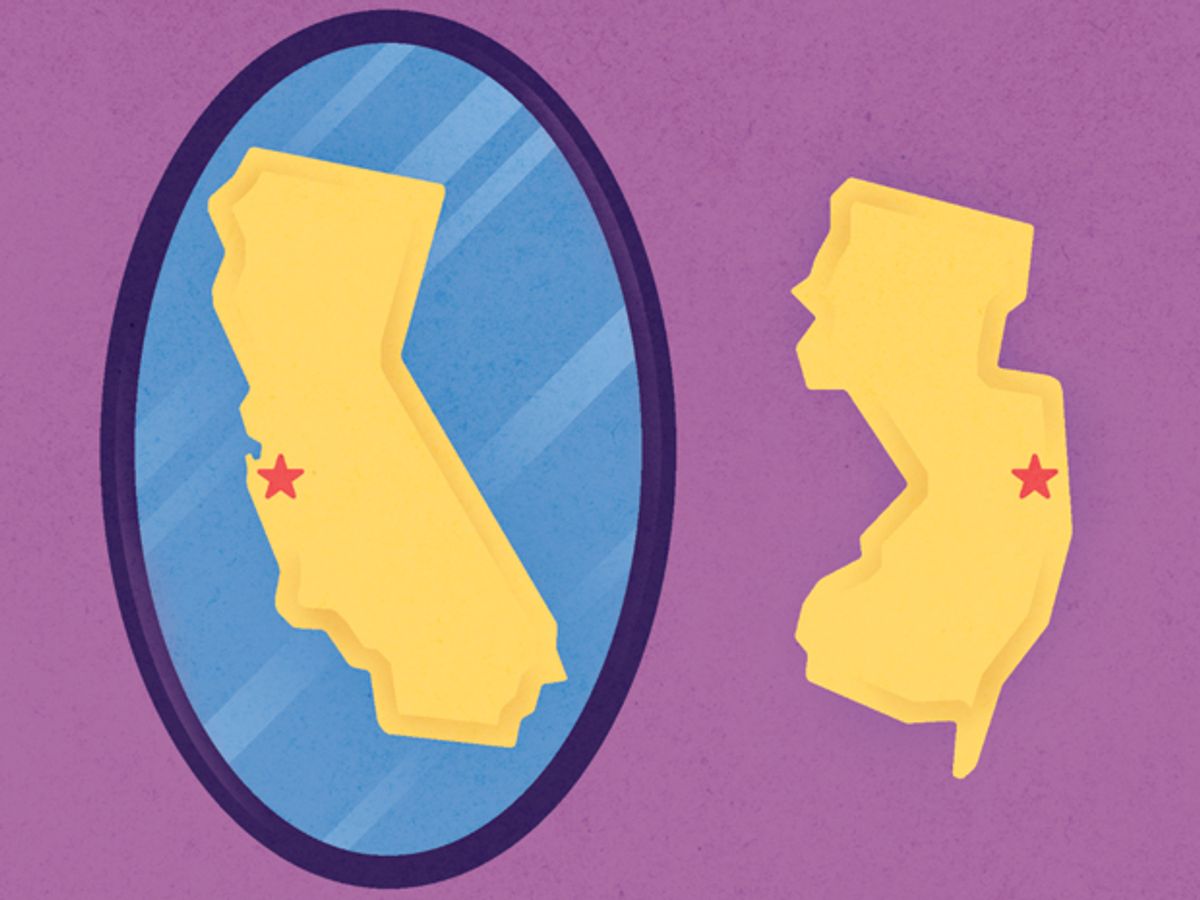The speaker was talking about how New Jersey could become the next Silicon Valley. I was skeptical, but the audience was enthusiastic. “We could be Silicon Valley!” they were thinking.
Through the years I’ve been a number of places that people thought could become Silicon Valley. Some have done well enough—Boston; Research Triangle Park, in North Carolina; Austin, Texas; and Cambridge, England, to name a few. Many more places have had their hopes and aspirations bear little fruit. But Silicon Valley is still the only Silicon Valley.
While the speaker was lauding the potential of New Jersey, I was remembering a time in the 1960s when I had just started my career at Bell Labs. Back then some executives started the original effort to make New Jersey into a Silicon Valley. They had put together a consortium of New Jersey research organizations and hired Fred Terman, the Stanford University dean given credit for creating Silicon Valley, to do something similar for New Jersey.
I vividly remember attending meetings where Terman outlined his vision for a New Jersey Silicon Valley. The state had the greatest concentration of engineers and scientists in the country, but he said that what New Jersey lacked was a Stanford. None of the existing universities had the necessary culture of engineering innovation. But we could create a Stanford! Terman proposed a new graduate university, making use of all the talent the state had. He said that the new university would have immediate credibility and that universities were like cathedrals in small towns; when seen from a distance only the high spires were apparent, and New Jersey already had those high spires in its famous engineers and scientists. I was thrilled. “We could be Silicon Valley!” I thought.
Needless to say, it never happened. The consortium fell apart, and there was no new university. However, even if the consortium had succeeded in establishing a new campus, I seriously doubt that it would have led to a Silicon Valley. New Jersey R&D was a set of noncommunicating islands, of which the largest was Bell Labs. The geography kept engineers apart; there were no watering holes where they met up (and perhaps Cambridge, Mass., lost more than it knew when the F&T Restaurant beside MIT was demolished in the 1980s to make way for a new subway entrance). The culture on the East Coast favored academic publication instead of entrepreneurship. And though I believe New Jersey’s attractiveness as a place to live is underappreciated, the San Francisco Bay Area is justly famed. Moreover, New Jersey’s proximity to New York City is both a blessing and a curse. All roads lead to Manhattan (or, these days, Brooklyn), like a giant black hole sucking matter from its surroundings.
Even if an area had all the necessary ingredients in its environment to duplicate Silicon Valley, it would be unlikely to happen. I think of it as a tipping-point phenomenon—winner takes all. Silicon Valley became the place to be, and so game over.
It has now been about a half century since Terman tried to clone Silicon Valley in New Jersey. During that time many other unlikely places have aspired to create their own Valley, and I still hear of ongoing attempts. Perhaps it’s time to find another model. Some people have suggested a distributed model in which each geographic area focuses on a particular area of competence. Such a horizontal segmentation already exists to some degree with design, fabrication, software, and assembly taking place among a global community.
Still, there is some magic in having companies clustered face-to-face across the street. All these years, and I’m still envious.
This article originally appeared in print as “Cloning Silicon Valley.”
